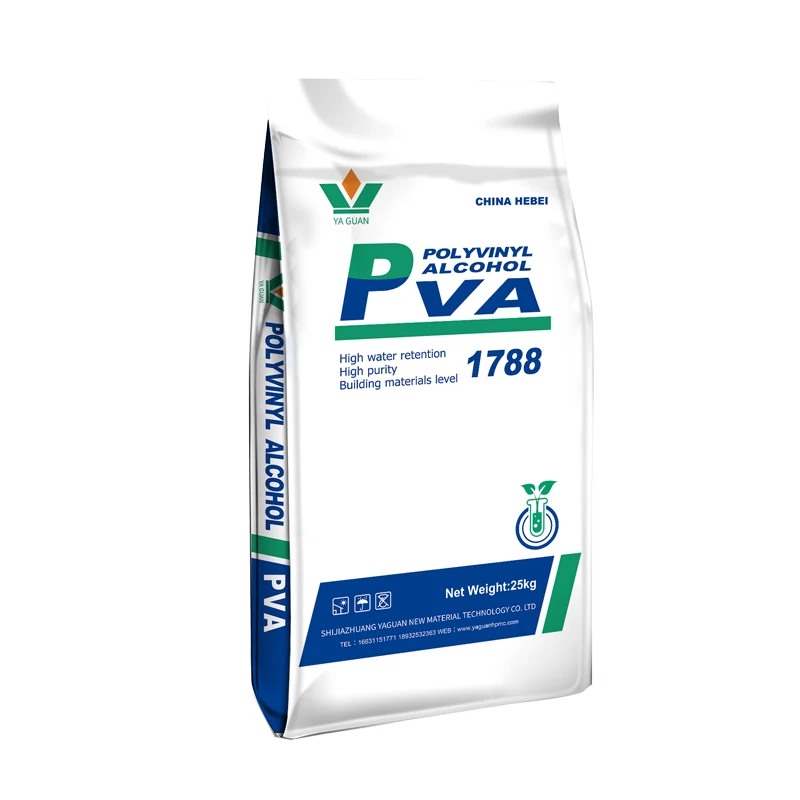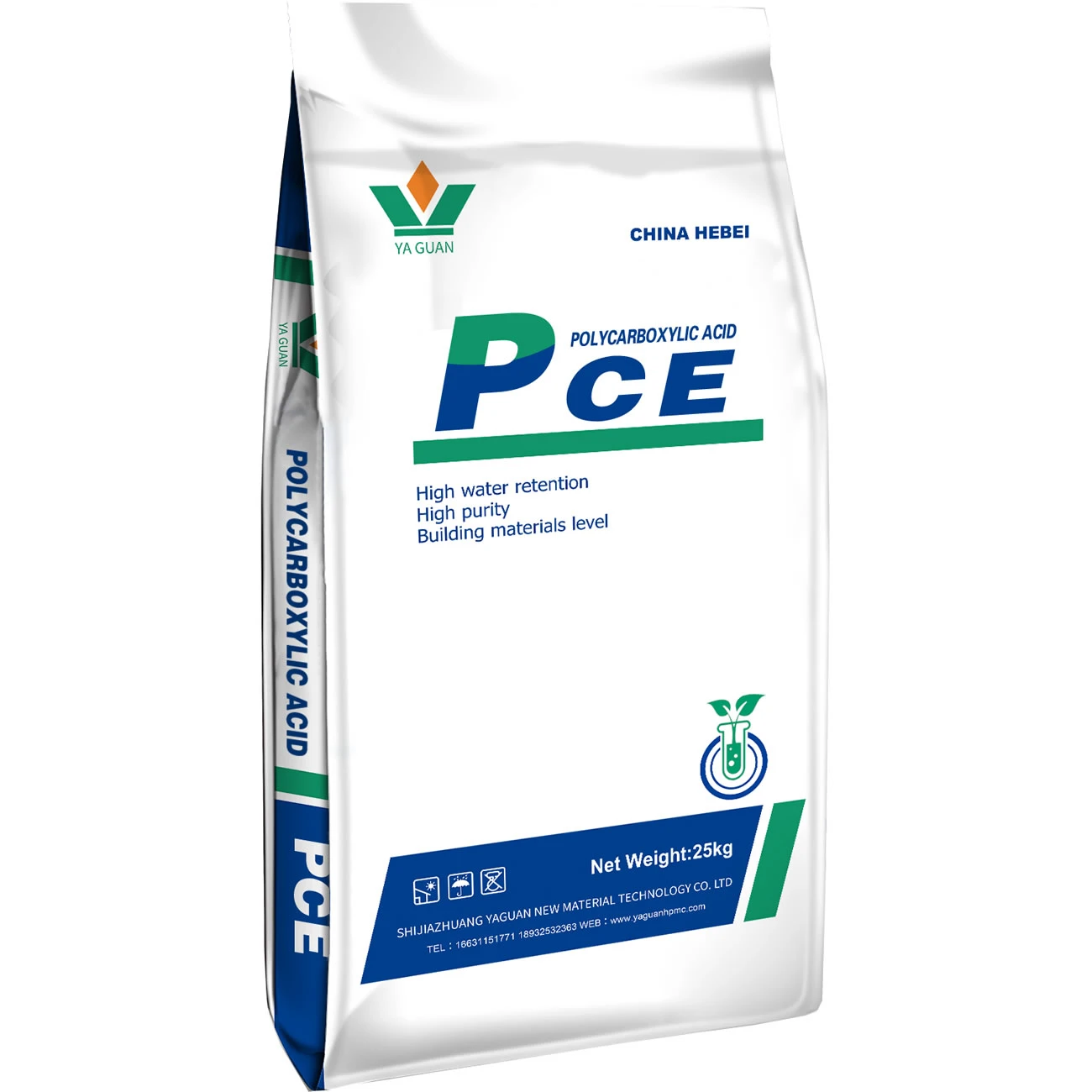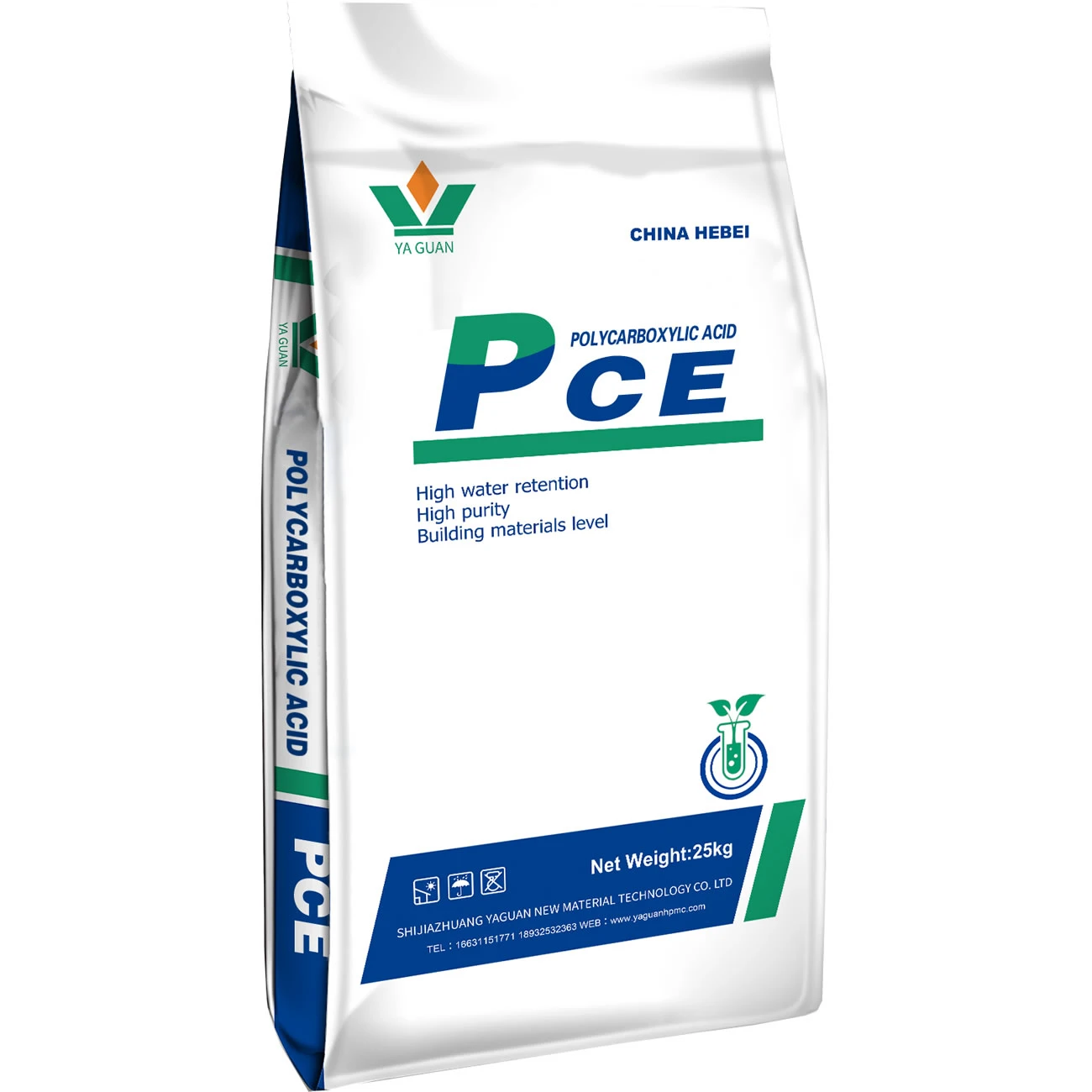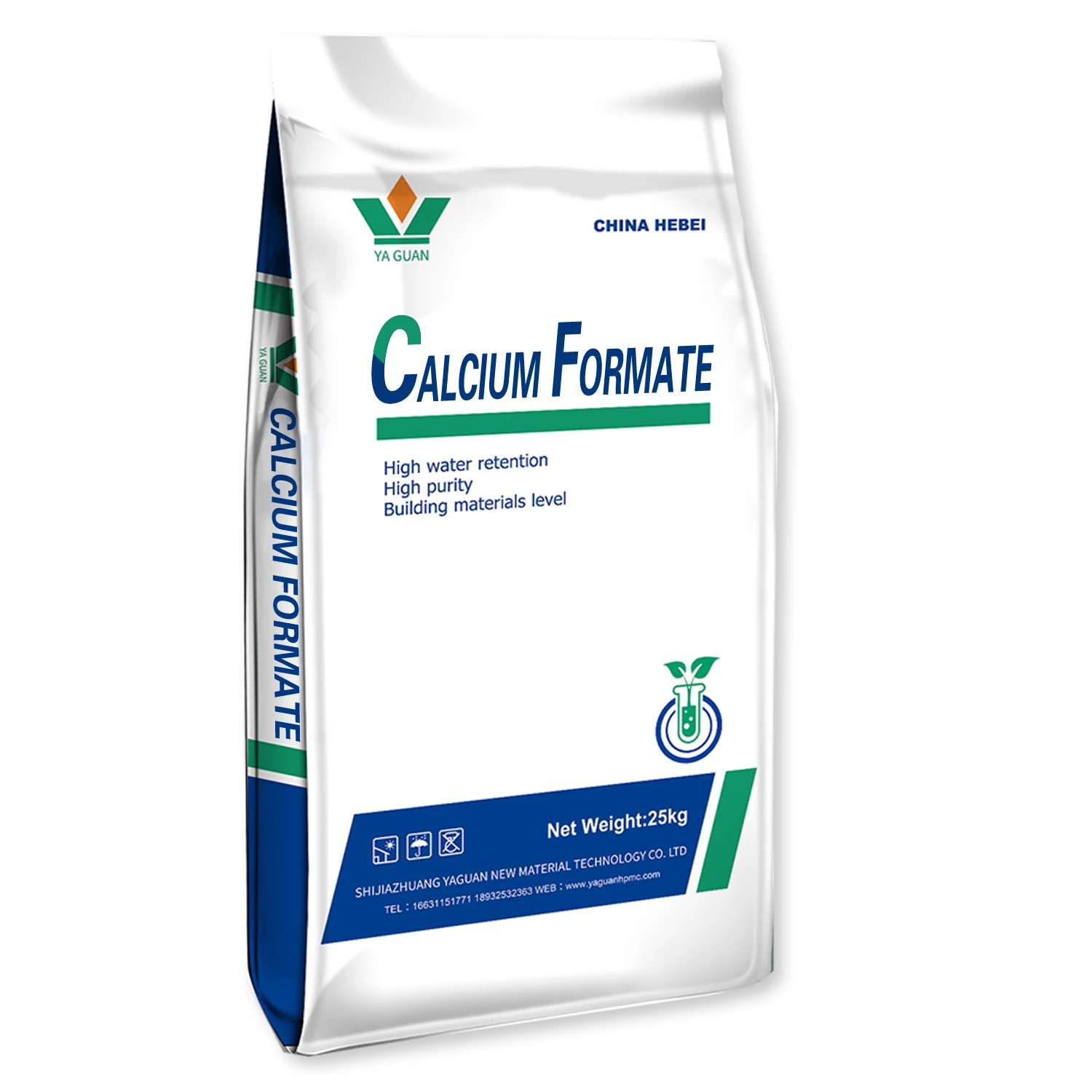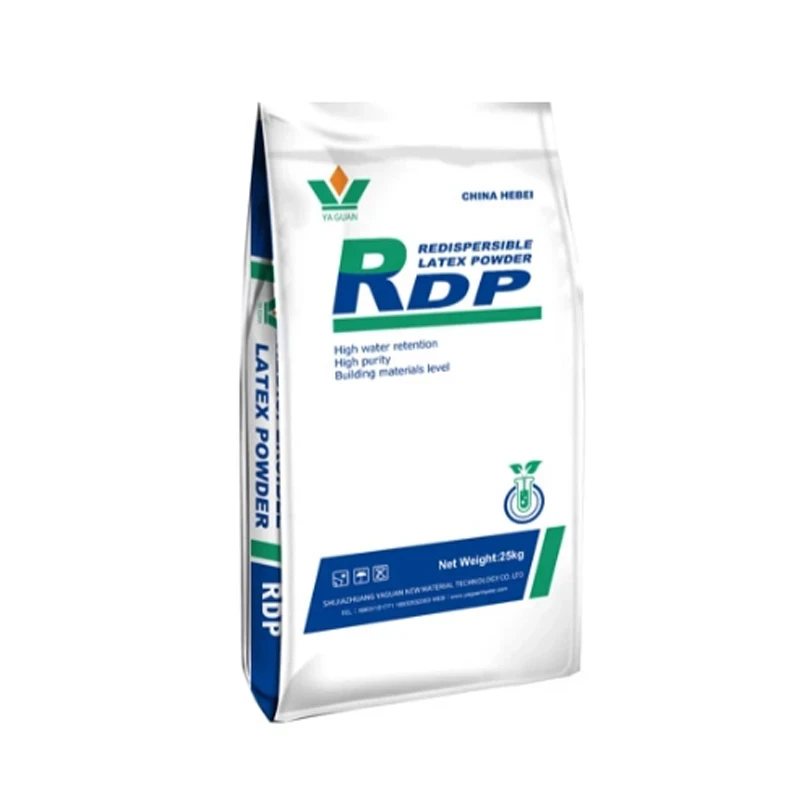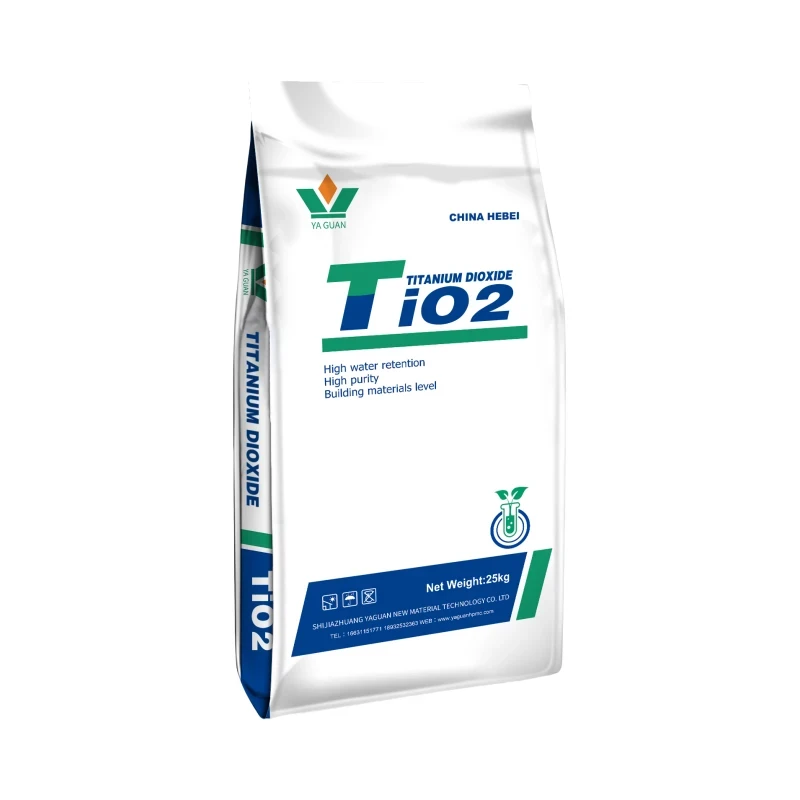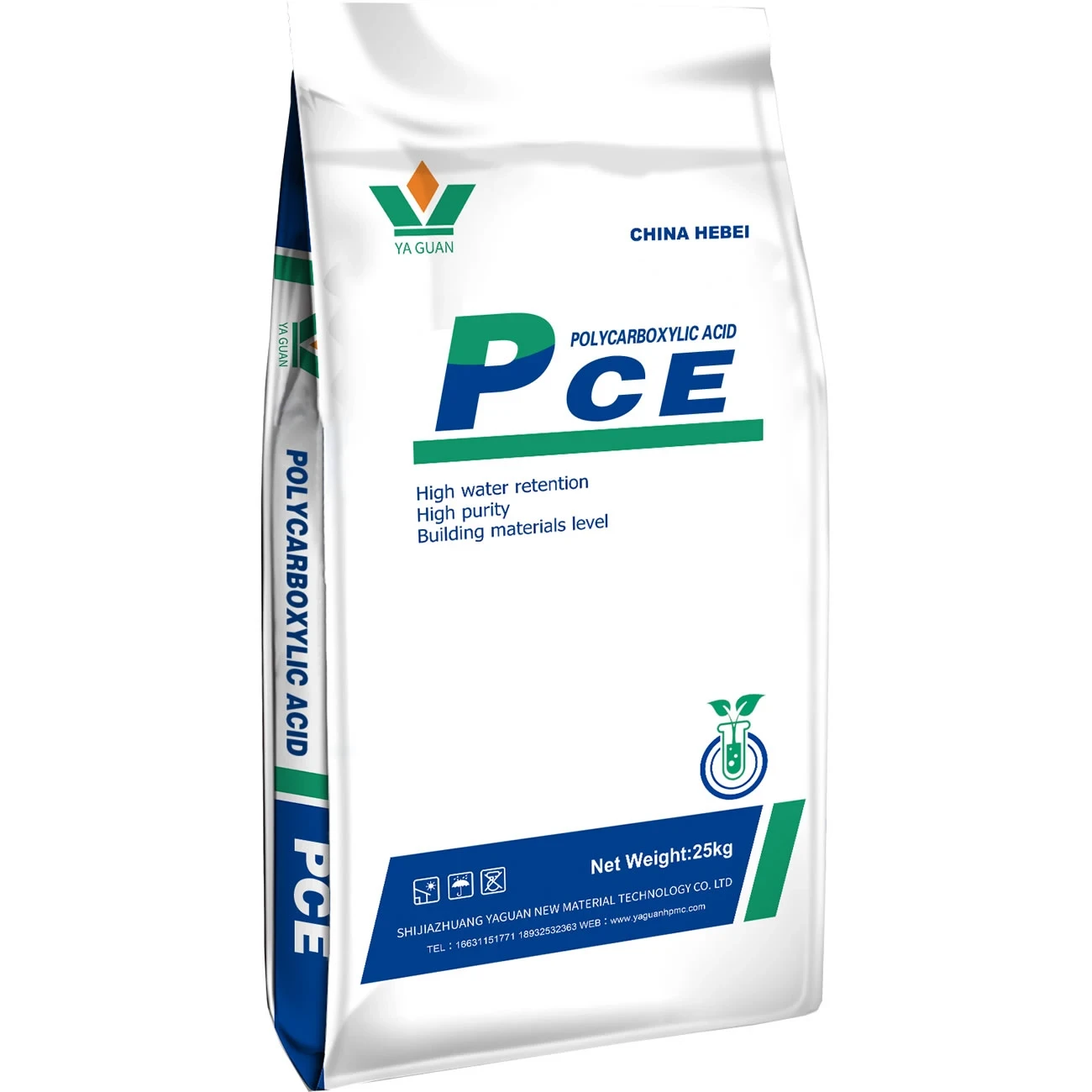
- Introduction to Hydroxypropyl Methylcellulose HPMC chemistry and functional significance
- Core technical properties and viscosity behavior analysis
- Quantitative comparison of industrial parameters across manufacturers
- Adaptive formulation strategies for sector-specific requirements
- Case study: HPMC optimization in construction material performance
- Specialized applications in pharmaceutical encapsulation and dissolution
- Sustainability benchmarks and future innovation pathways for HPMC applications

(hidroxipropilmetilcelulosa hpmc)
Fundamentals of Hydroxypropyl Methylcellulose HPMC Chemistry
Hydroxypropyl Methylcellulose HPMC represents a semi-synthetic, non-ionic cellulose ether derived from natural polymer chains. Through controlled etherification reactions where hydroxyl groups are substituted with methyl (-CH₃) and hydroxypropyl (-CH₂CHOHCH₃) moieties, manufacturers achieve precisely tunable substitution levels. The degree of substitution (DS) typically ranges 1.3-2.0 for methoxy groups while molar substitution (MS) of hydroxypropyl groups varies 0.1-1.0, directly dictating solubility profiles and thermogelation properties. This molecular engineering enables dissolution across 0-100°C temperature ranges with unique thermal gel points occurring between 50-90°C depending on concentration ratios.
Material Science Properties and Functional Mechanisms
Critical performance characteristics stem from HPMC's amphiphilic nature. The polymer demonstrates 8-12× water retention capacity versus conventional celluloses, making it indispensable in cementitious systems where hydration control is critical. Viscosity behavior exhibits pseudoplastic properties with shear-thinning indexes of 0.5-0.8 across commercial grades (5 to 200,000 mPa·s viscosity ranges at 2% solutions). Particle size distribution directly impacts dissolution kinetics; micronized grades (D₉₀ < 80μm) achieve 98% dissolution within 120 seconds while standard grades require 15-20 minutes. Thermal analysis confirms stability ceilings at 310-325°C before decomposition initiates, ensuring processing safety in ceramic glazes requiring 1400°C firing.
Industrial Manufacturing Specifications Comparison
Performance variations among leading producers emerge from cellulose sourcing and etherification protocols. Production efficiency metrics reveal significant differences in reaction yields:
| Manufacturer | Ash Content (%) | Moisture (%) | Gel Temp (°C) | Viscosity Stability | Reaction Yield |
|---|---|---|---|---|---|
| Shin-Etsu | 0.28 | 3.1 | 68 | ±2% | 94.2% |
| Dow Chemical | 0.45 | 4.7 | 75 | ±5% | 87.6% |
| Ashland | 0.52 | 5.3 | 63 | ±7% | 83.9% |
| Lotte Chemicals | 0.38 | 4.1 | 70 | ±4% | 90.8% |
Shin-Etsu's proprietary purification delivers superior consistency with <0.3% insoluble fractions versus industry averages of 1.2-2.0%, explaining their pharmaceutical-grade premium positioning. Manufacturing scale efficiencies impact pricing structures where high-purity grades command $6.50-$9.80/kg compared to construction-grade at $2.30-$4.20/kg.
Formulation Engineering for Industry Requirements
Sector-specific optimization leverages rheological modification capabilities. Concrete admixture formulations typically incorporate 0.02-0.20% HPMC by cement weight, extending open time 120-150% while reducing slump loss to <15mm/hr. Tile adhesive systems utilize precisely balanced molecular weights: low-viscosity grades (400-600 mPa·s) enhance wetting at 0.4% loading while high-viscosity types (75,000-100,000 mPa·s) at 0.3% concentration provide anti-sag properties exceeding 12mm without compromising adjustability times. Pharmaceutical matrix tablets employ controlled-release mechanisms through viscosity gradients; 15cP HPMC creates immediate release profiles (>80% API dissolution in 45min) while 100,000cP grades enable 24-hour sustained release.
Construction Material Enhancement Protocols
Self-leveling underlayment field trials demonstrate HPMC's critical impact on performance metrics. Standard formulations containing 0.08% HPMC K100M exhibited flow diameters of 255±8mm versus control batches at 185±12mm. Crucially, addition of cellulose ether reduced surface cracking by 92% after accelerated aging cycles, validated by 3D profilometry scans showing average crack width reduction from 0.78mm to 0.06mm. Thermal insulation renders modified with specialized HPMC variants achieved thermal conductivity values of 0.028 W/(m·K) without compromising compressive strength parameters that maintained 0.42 MPa thresholds after full hydration cycles.
Pharmaceutical Functionalization Mechanisms
Controlled dissolution kinetics in enteric coatings leverage HPMC's pH-responsive behavior. Gastro-resistant formulations with 50μm coating thicknesses (15% solids content) demonstrated <5% API release in acidic environments (pH 1.2) within 120 minutes, transitioning to >90% release within 30 minutes at intestinal pH 6.8. Spray-dried dispersion processing with HPMC as polymeric carrier enhances bioavailability for BCS Class II drugs; recent pharmacokinetic studies showed 4.2× Cmax improvement and 3.8× AUC enhancement versus crystalline formulations. Film-forming properties enable transdermal systems achieving flux rates of 42 μg/cm²/h for lipophilic actives, equivalent to 94% permeation efficiency over 24-hour wear periods.
Advanced Hydroxypropyl Methylcellulose HPMC Applications
Emerging sustainability applications utilize HPMC's biodegradation profile with 92% mineralization within 180 days in OECD 301B testing protocols. Next-generation agricultural coatings combine HPMC film barriers with controlled-release fertilizers (CRFs), demonstrating 74% reduction in nitrogen leaching while maintaining 98% crop yield equivalence. Cosmetics innovation exploits thermal gelation through dual-phase systems that transition at skin temperature (32-34°C) for sebum-controlled delivery. Energy sector applications in lithium-sulfur battery separators modified with nanolayered HPMC coatings demonstrate 89.3% capacity retention over 500 cycles—18.7% superior to conventional separators. Continued research focuses on enzymatic modification pathways to develop 100% bio-based HPMC variants without petroleum-derived reagents by 2026.

(hidroxipropilmetilcelulosa hpmc)
FAQS on hidroxipropilmetilcelulosa hpmc
Q: What is Hydroxypropyl Methylcellulose (HPMC)?
A: Hydroxypropyl Methylcellulose (HPMC) is a semi-synthetic polymer derived from cellulose. It is commonly used as a thickener, binder, and stabilizer in various industries. HPMC exhibits excellent water solubility and film-forming properties.
Q: What are the primary uses of HPMC?
A: HPMC is utilized in pharmaceutical tablets for controlled drug release. It acts as a thickener in construction materials like mortars and adhesives. Additionally, it finds applications in personal care products such as shampoos for viscosity enhancement.
Q: Where is HPMC commonly applied in industrial settings?
A: In industrial settings, HPMC serves as a key additive in paints and coatings. It is essential for improving workability and water retention in cement-based products. Other uses include food formulations for emulsification and texture improvement.
Q: How does HPMC benefit pharmaceutical applications?
A: HPMC provides controlled dissolution and stability in drug formulations. It enhances bioavailability and tablet integrity without toxic effects. This makes it ideal for oral medications and ophthalmic solutions.
Q: Why choose HPMC for construction materials?
A: HPMC offers superior adhesion, moisture resistance, and workability in construction. It reduces cracking in cement and tile adhesives for better durability. Its eco-friendly nature also supports sustainable building practices.







